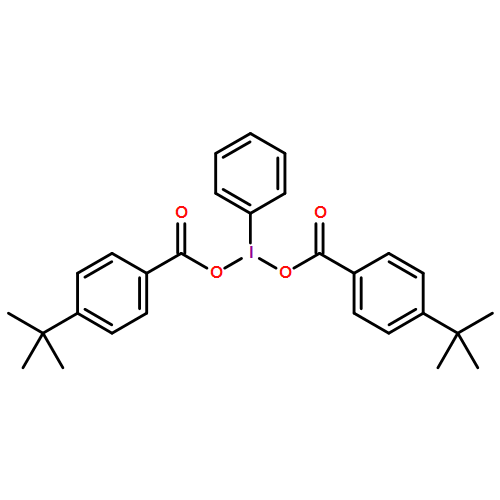Abstract
Direct acyl radical formation of linear aldehydes (RCH2-CHO) and subsequent hydroacylation with electron-deficient olefins can be effected with various types of metal and nonmetal catalysts/reagents. In marked contrast, however, no successful reports on the use of branched aldehydes have been made thus far because of their strong tendency of generating alkyl radicals through the facile decarbonylation of acyl radicals. Here, use of a hypervalent iodine(III) catalyst under visible light photolysis allows a mild way of generating acyl radicals from various branched aldehydes, thereby giving the corresponding hydroacylated products almost exclusively. Another characteristic feature of this approach is the catalytic use of hypervalent iodine(III) reagent, which is a rare example on the generation of radicals in hypervalent iodine chemistry.
